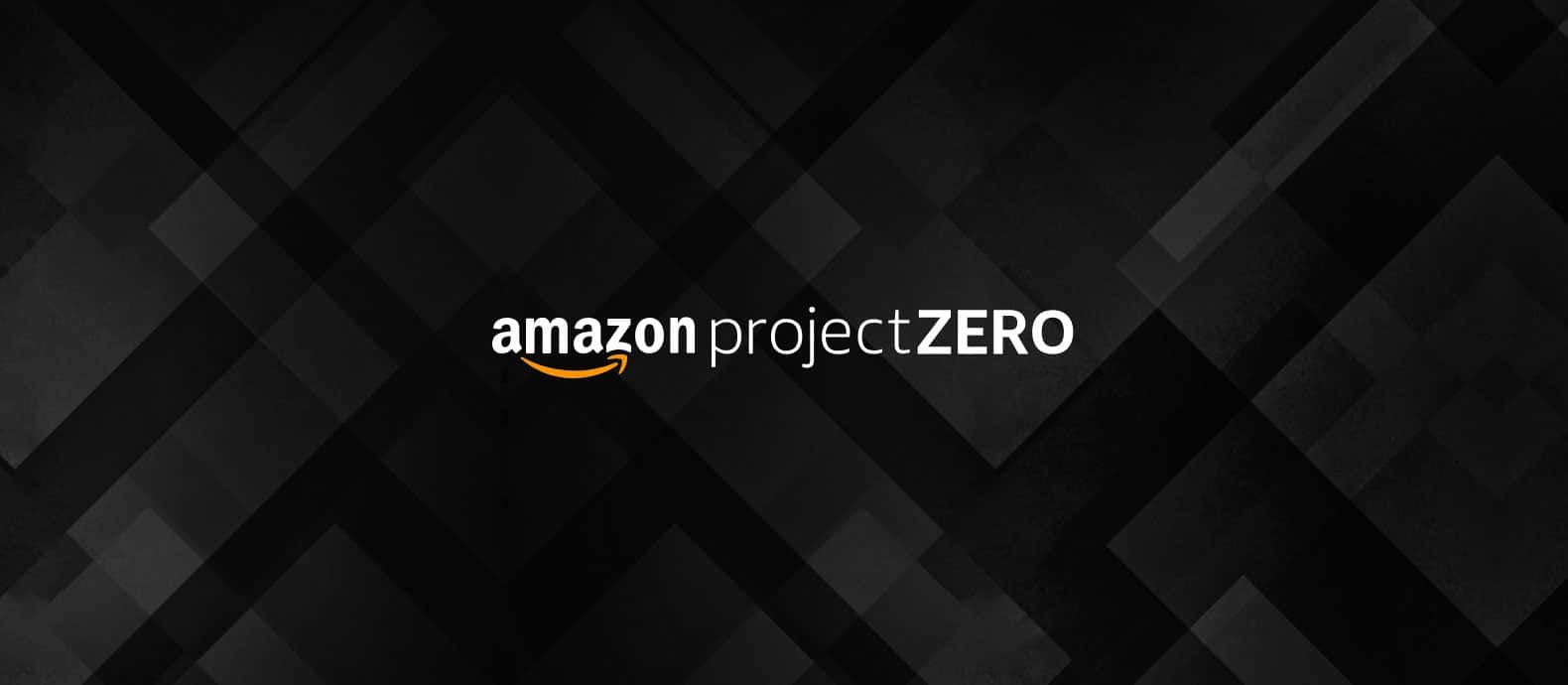Product reviews and star ratings for online shopping are the most important indicator of trustworthiness for consumers. Amazon is striving to find better ways to combat fake reviews, but they have long faced significant obstacles in that battle.
SUMMARY
- Amazon has taken actions to fight fake reviews over the last few years.
- Strategic use of Facebook groups to find paid reviewers.
- This article outlines ways on how you can spot fake Amazon reviews.
Recent studies carried out by the review analyzer ReviewMeta shows that fake Amazon reviews are on the increase in 2019. They claim to have found 1.8 million unverified reviews, of which 99.6% rate with 5 stars. For brands that choose to be transparent, these fake Amazon reviews are not only discouraging, but they may also be putting them out of business.
Consumers will need to keep sharpening their Amazon-buying skills. Keeping informed and having a better grasp of how fake Amazon reviews work may be the only way to keep this exchange between consumers relevant.
Amazon’s ongoing battle against fake reviews
When was the last time you bought something of value, without looking at the reviews? It is becoming very rare to buy a product or service without doing so.
In an online world that’s obsessed with star ratings and reviews, fake Amazon reviews are a lucrative business for counterfeit sellers. It’s a no-brainer: whoever gets the most reviews gets seen first, which ultimately, generates more sales.
The unambiguously named amazonverifiedreviews.com, paidbookreviews.org, and amazonreviewsstar.com have all met legal challenges from Amazon in previous years.
Other sites, where individuals have offered their services to write reviews for cash have also met opposition. The Guardian reported in 2015 that Amazon claimed to have sued more than 1,000 individuals for providing fake Amazon reviews. This was part of a bigger campaign that wanted the fake reviewers not only to pay damages but to speak out about the companies buying their business.
In June 2016, Amazon continued this battle and took legal action against 3 major sellers. They recorded that 35-40% (TechCrunch) of their reviews were fake and were seeking to ban these sellers from their site and services. In addition, the legal action seeks damages in excess of $25k, a percentage of profits made from affected products and legal fees. It’s clear that Amazon is out to make a statement with these legal actions. Although they will not be carried out in public, this has been designed to send a message to consumers and sellers alike.
“Our goal is to eliminate the incentives for sellers to engage in review abuse and shut down this ecosystem around fraudulent reviews in exchange for compensation,” an Amazon spokesperson said.
This issue has finally become a government concern this year. The FTC took legal action last February 2019 against “Cure Encapsulations” for paying third-party websites to write fake Amazon reviews. It was stated that in exchange of 30 reviews with a star rating ranging from 4.3 to 5, a total of $1,000 was paid out to the reviewers. The fine amounted to a total of 12.8 million dollars. Governments getting involved in the detection of fake Amazon reviews may be the solution that consumers and legitimate sellers are waiting for.
Amazon’s review policy
Before discussing review manipulation tactics, it would be wise to see what Amazon has to say on the matter. Amazon’s review policy (image below) is clearly outlined, and can be found under the site’s community guidelines. The list rules out a broad list of actions that would wrongly influence a product’s ratings.

Paid reviewers on Facebook
Since 2015, Amazon Reviews groups on websites like Facebook have taken the place of the paid reviewer. While Amazon and other platforms have been cracking down on fake reviews, counterfeiters have been focusing their attention on social media. Far less regulated, before driving their customers back to ecommerce for the sale.
Instead of offering money to professionals for reviews, companies and ecommerce sellers now offer free samples in exchange for reviews.
Here’s how they work: a seller makes a post in a group like this (image below), offering a fixed number of available items for review. Interested reviewers privately contact the seller and make an agreement. The reviewer makes a legitimate purchase of the product and writes a review, sometimes with images and video of the item, when it arrives. The seller may request certain keywords or hashtags to be included in the review to improve visibility. At this point, the item is refunded by the seller, and the reviewer keeps the free sample.

Of course, there are always exceptions. The seller in the image above can be seen offering a 107% refund of their product’s price for reviews. Postings like this are not just offering free products as quick workarounds of Amazon’s rules, but are clear financial rewards.
The implications for the scale of the fake-review industry are huge. In offering direct payments for reviews instead of free products, it becomes scalable and profitable for reviewers producing a high number of reviews in a short period of time.
How to spot fake Amazon reviews
So how to check and what to do if you find a fake review on Amazon? Here are 6 simple steps to consider when evaluating the validity of Amazon reviews:
1. Are there lots of similar posts to this?
Sounds pretty obvious, but look down the list. Are there 3 or more reviews offering the same content perhaps just re-ordered?
2. How’s the English?
This is not an out-and-out rule, however if there’s a bunch of reviews that are in broken English, this should set alarm bells ringing.
3. Is it all over too fast?
If a review is 3 sentences long, it’s not much of a review. This could be done to gain access to the star rating. Normally trust reviews that have a bit more depth to them, but it depends on the product.
4. Could this review be applied to pretty much anything?
When evaluating the validity of a review, it’s good to look at the content. If the majority of the reviews are very generic “it arrived on time, it is as described”, it’s worth thinking about whether these are helpful or even real.
5. Feeling emotional?
A real review will, in general, be a critique of the performance of the product. If lots of reviews simply state feelings and excitement: “it’s marvelous” or “I can’t wait to show my partner” perhaps it’s time to look at another review. Usually a review will at least explore the possibility of a negative side, too.
6. Who’s reviewing?
It’s not a bad idea to check out the reviewers. For example, if someone’s account has only been in existence for a week yet they have reviewed 50 unrelated products, this could be a fake Amazon reviewer. When looking at what people review, people who are genuine usually specialize in an area: books, gadgets or something – it’s rare to find someone who writes reviews on everything from underwear to car parts in high volume.
Being savvy and not just looking at the stars will help you avoid fake paid reviews. It’s worth noting that these are general tips and there will be real reviewers that may fall into these categories. Also there’s a tech solution: online review analyzer https://fakespot.com/ which automatically assesses the credibility of reviews.
Conclusion
It’s clear that, on Amazon, fake reviews are on the rise. Whether this be the actions of vendors of low-quality products or even counterfeiters on Amazon, brands playing by the rules should be aware of the situation.
With a keen eye and some diligence, it’s possible for brands and customers alike to spot fake reviews on Amazon by checking the language and the wording of the review, the profile of the reviewers and whether there’s a number of similarly-worded reviews on the same page.
Amazon’s work against fake reviews on their platform is just one of many initiatives the company had launched to clean up the behaviour of users on its site. Project Zero was launched earlier in 2019 as a sweeping initiative to clean up counterfeiting on the marketplace. This was created as a follow-up to Amazon Brand Registry, another project set up to protect sellers on the platform.
Red Points offers Amazon brand protection services to detect fake products and remove unauthorized sellers. To find out if your brand is being counterfeited, get in touch and get a free personalized demo.






